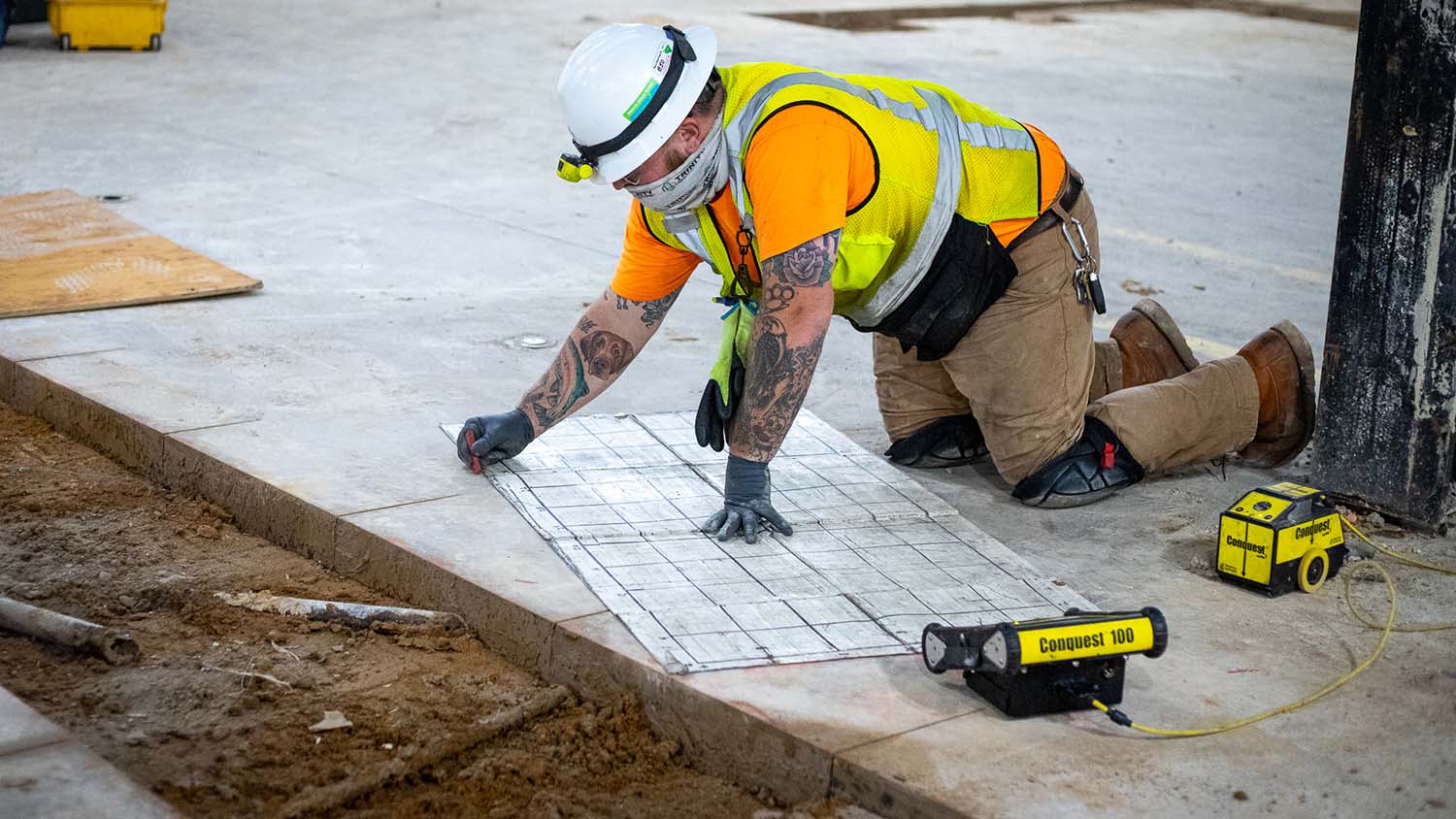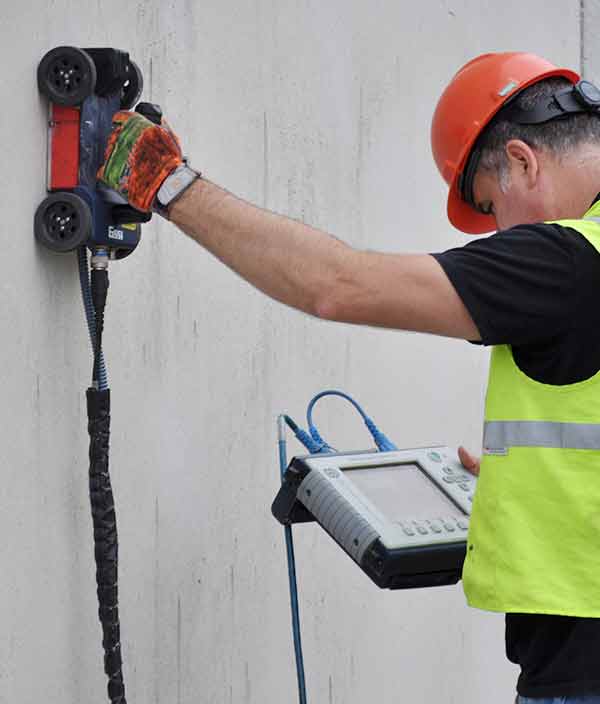Specialist Tips for Optimum Concrete Scanning Results
Beyond the Surface Area: Leveraging Advanced Concrete Scanning Techniques for Unmatched Accuracy and Insight
In the realm of building and construction and framework maintenance, the pursuit for precision and thoroughness is unending. Advanced concrete scanning methods have arised as important devices in this quest, providing a glance underneath the surface area to reveal a world of essential understandings. By using advanced technologies, specialists can discover abnormalities, evaluate the problem of concrete structures, and make notified choices that shape the training course of projects. The ramifications of these strategies prolong much beyond simple surface-level evaluations, assuring a depth of precision and understanding that is unequaled.
Significance of Advanced Concrete Scanning
The relevance of making use of innovative concrete scanning techniques depends on the unrivaled accuracy they use for detecting sub-surface anomalies and guaranteeing architectural honesty. By utilizing sophisticated modern technologies such as ground-penetrating radar (GPR), electromagnetic induction, and progressed sonar imaging, construction professionals can dive beneath the surface of concrete frameworks with a level of accuracy that much goes beyond conventional examination approaches. Concrete Scanning. These strategies make it possible for the recognition of concealed threats like rebar rust, spaces, conduits, or post-tension cable televisions that could endanger the security and security of a framework with time
Furthermore, progressed concrete scanning gives important insights right into the total condition of a concrete element without the need for intrusive procedures, reducing the risk of causing damages throughout the assessment procedure. The capability to pinpoint the precise place and depth of possible problems enables targeted repairs and upkeep, eventually prolonging the life expectancy of the framework and maximizing its performance. Basically, the importance of sophisticated concrete scanning can not be overstated in the world of building and infrastructure upkeep, where precision and dependability are vital.
Types of Cutting-Edge Technologies

Abnormalities and Problem Detection

In enhancement to GPR, concrete scanning methods like thermography and impact-echo testing are also reliable in spotting defects and anomalies. By leveraging these advanced strategies, experts can proactively attend to structural issues, making sure the longevity and safety and security of concrete frameworks.
Assessing Concrete Condition
Exactly how can engineers accurately assess the problem of concrete structures to ensure their long life and safety? Numerous innovative concrete scanning techniques are utilized for this objective. Ground-penetrating radar (GPR) is commonly utilized to analyze the internal structure of concrete, spotting voids, fractures, and various other abnormalities that might compromise its stamina.
Integrating non-destructive testing techniques with visual evaluations enables for a thorough assessment of concrete problem, enabling designers to recognize prospective issues early on and execute timely maintenance or repairs. By leveraging these innovative techniques, designers can make sure the lasting resilience and security of concrete structures.
Enhancing Decision-Making Processes
In the realm of framework management, optimizing decision-making processes is important for guaranteeing the efficient maintenance and longevity of concrete frameworks. Enhanced decision-making processes in concrete management involve using sophisticated scanning strategies to collect thorough information on the problem of structures. By leveraging modern technologies such as ground-penetrating radar and 3D imaging, stakeholders can make educated choices regarding fixing, reinforcement, or replacement techniques.
These advanced scanning techniques offer very useful insights into the inner structure of concrete, determining prospective concerns such as gaps, cracks, or deterioration that might not show up externally. This degree of in-depth info allows for aggressive maintenance planning, minimizing the risk of structural failings and increasing the overall life-span of concrete structures.
Additionally, look these up by integrating digital documentation and evaluation devices right into the decision-making procedure, stakeholders can track the development of concrete conditions in time, allowing anticipating maintenance strategies and maximizing source appropriation. Inevitably, the integration of innovative concrete scanning strategies enhances decision-making procedures by providing unequaled accuracy, understanding, and effectiveness in framework administration.
Verdict
In verdict, progressed concrete scanning methods offer unmatched precision and understanding in detecting anomalies, issues, and evaluating the condition of concrete structures. By leveraging advanced modern technologies, decision-making procedures can be improved, leading to more informed and reliable options for maintaining and repairing concrete facilities. These techniques play a crucial duty in making certain the safety and durability of concrete frameworks, making them a crucial device in the area of construction and engineering.
Furthermore, progressed concrete scanning provides vital understandings into the total problem of a concrete component without the requirement for intrusive actions, lessening the threat of triggering damages why not find out more during the assessment process - Concrete Scanning. An additional ingenious technology is 3D X-ray scanning, which gives detailed images of the interior structure of concrete, offering important info without the demand for damaging screening. In Addition, Concrete Cover Meters are used to measure the thickness of concrete cover over support bars accurately. Enhanced decision-making procedures in concrete monitoring include using innovative scanning methods to collect detailed data on the condition of structures.In final thought, progressed concrete scanning techniques use unparalleled precision and insight in detecting anomalies, flaws, and assessing the problem of concrete frameworks